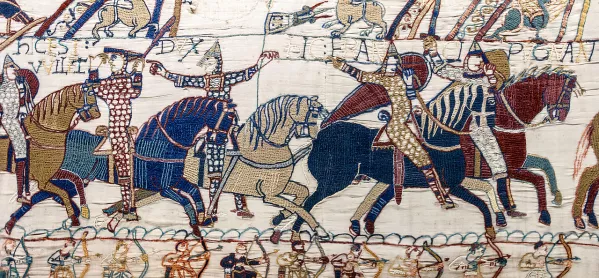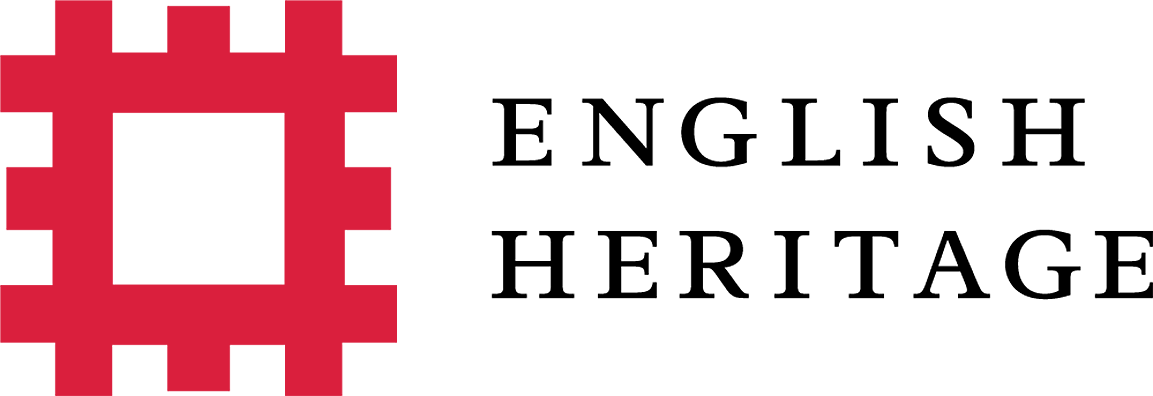1066 is arguably the most significant year in British history.
But beyond the bloody Battle of Hastings that took place on that Sussex hillside over 1,000 years ago, how did the Norman Conquest shape life in this country? And how can schools engage students with the topic across different strands of the curriculum when visiting the site?
“Its relevance can’t be overestimated,” says Sam Brown, head of history at Bede’s Prep School in Sussex. And, she adds, this importance is woven into the curriculum at her school.
“I’m really lucky because we dedicate the whole of Year 6 to the medieval realms, and we start off with 1066. So I begin with teaching the children all about Saxon England under Edward the Confessor, and then we lead into his death and what it brings about for England.”
In this podcast, Brown explains that she has now led around 15 school trips to Battle Abbey, and is able to create rich links across the curriculum for these visits, working alongside the English, art and drama departments in particular.
“We do so many different things,” she says. “When we are looking at the four contenders for the throne, for example, we use drama to act out what they can do and what they’re bringing to the role of king. We do posters advertising the job of king and what it incorporates, and the children write speeches about why we should possibly choose them. So there are lots of things that we do even before we get to the site.”
Schools visits bring learning to life
Roy Porter is senior properties curator for English Heritage, and says that the Battle Abbey site can be surprising in its appearance, offering even more depth and historical intrigue to young people’s learning.
“It doesn’t look like a battlefield,” he explains. “What it looks like is a medieval monastery. There’s a 14th-century gatehouse with battlements on it, so that looks a bit like a castle. And visitors can go all the way to the roof of that and they can explore that building and gain an understanding of the history of the medieval site.
“And then, as they walk around the ruins of the abbey, they might pause to think why the abbey is a ruin. And, of course, one of the really important aspects of its history is that in 1538, in the reign of Henry VIII, the abbey was suppressed. And so part of the story it tells isn’t just 1066 and the Middle Ages, it also tells a history of what happens in the 16th century, another period of great historical change.”
This podcast offers up more insights into the layers of learning offered by this incredible “historial onion”, including battle re-enactments and the handling of weapons, as well as advice for making the most of any school trip.
Let English Heritage support you and your class this term with a unique and memorable school trip. From the Stone Age to the Cold War, discover any of our 400 properties and let your students stand at the places where history happened. Find out more via the English Heritage website

